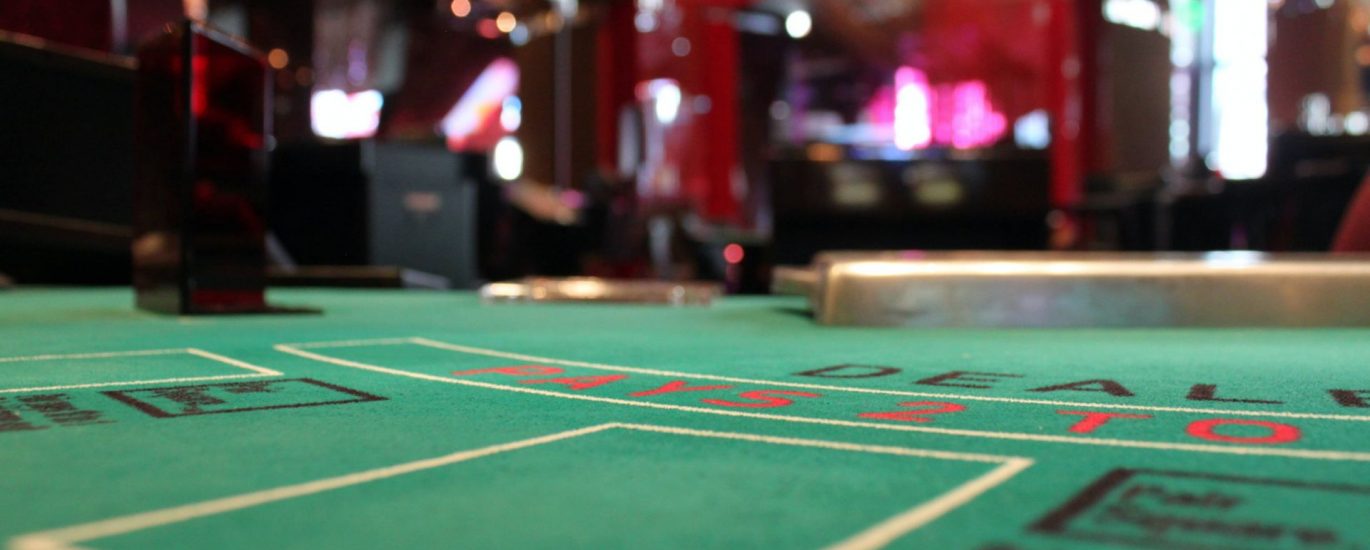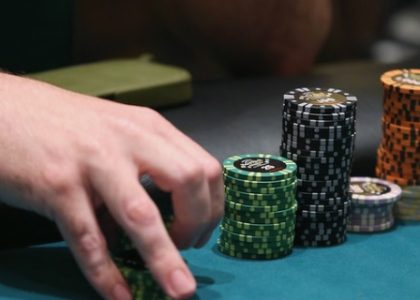Baccarat is one of the easiest casino games you can play, and it has a lower house edge than most other games, including slots, craps, roulette, and almost all table games except blackjack. But if you want to play like a professional gambler, you can’t just sit back and start playing. If you don’t play it right, you’re giving the casino a higher edge than you need. If you want to play voslot baccarat like a pro, read on to find out the four things you need to do. After you learn more about the four ways to play baccarat like a pro, you may want to start playing online right away.
1 – Choose the right baccarat table
Most players who play baccarat are actually playing mini baccarat or medium baccarat. The two variants are basically the same game. In mini and medium baccarat, you play on a table roughly the size of a blackjack table, and the casino provides a dealer who handles everything, just as you play blackjack Same thing with point or other table games. Mini and Medium Baccarat are easy to play because all you have to do is choose which of the three available bets and how much you want to risk. The dealer takes care of everything else. Traditional baccarat is played on a larger table, and in most games the chances of dealing cards are passed around the table. Casinos are still staffed, but each player has more opportunities to play. At the end of the day, all three baccarat versions are the same in terms of your chances of winning. Why is it important to choose what changes to play at the casino?
The table that is best for you depends on your overall goals and how much you are betting on average. Because all baccarat tables have a built-in house edge, the more you play, the faster you lose. This means that the slowest table is usually the best table because you don’t play as many cards per hour as you would at a fast table. The slowest baccarat tables are usually the traditional tables. The problem is that most traditional baccarat tables are located in high limit rooms or areas, and they have higher wagering minimums and limits than medium and mini baccarat tables. Traditional baccarat is slower than mini baccarat and medium baccarat because players take turns during the deal. This adds a little extra time to each hand. But that’s only worth it to you if you’re already playing higher stakes. It’s not worth it just to play more at a slower table.
Here is an example of using both a traditional baccarat table and a mini baccarat table. For example, the minimum bet for a mini baccarat table is $10, and the minimum bet for a traditional table is $20. At a mini baccarat table, you play 80 hands per hour, while at a traditional table you play 60 hands per hour. The house edge on the house bet is 1.06%, so you can determine your average loss per hour based on how much you bet and how many hands you play per hour. To determine your average hourly loss, you multiply the amount bet per hand by the number of hands you play per hour multiplied by the house edge.
Mini Baccarat table: $10 x 80 x 1.06% = $8.48
Traditional Baccarat table: $20 x 60 x 1.06% = $12.72
Even if you play fewer hands per hour at a traditional baccarat table, you will still lose more per hour due to the higher average bet size.
2 – Bet on the Banker
Each of the three baccarat tables listed in the previous section offers the same three betting options. You can bet on a draw, player hand or banker hand. When you bet on the dealer, you pay a 5% commission when you win. The house edge is different for each of the three wagering options, with tie bets being the worst and banker bets being the lowest. The house edge on the player bet is 1.24%. As you learned in the previous section, the banker bet has the lowest house edge at 1.06%. 1.06% is the advantage after the casino charges a 5% commission, so this is the only bet you should bet when playing baccarat.
3 – Know what to expect from Baccarat
As you learned in the previous section, the banker’s bet has a house edge of 1.06%. But when it comes to your expected outcomes at the baccarat table, do you understand what that means? This means that in the long run, you lose more than you win, unless you can change the rules of the game in some way. In the next section, you’ll learn a few things you can do to change your results slightly, but there really isn’t a good way to eliminate the casino’s overall advantage in baccarat. The 1.06% house edge is lower than most games offered by casinos, so it’s a good choice when you want an easy game to expand and manage your bankroll. But it’s still not a game you can win.
Here’s how to use the house edge to determine what you can expect in real numbers playing baccarat. The house edge is the average percentage of each wager that the casino keeps for revenue. It is based on the total amount wagered in the game over a long period of time. In the short term, actual results will fluctuate, but with large sample sizes, numbers are getting closer to expectations. If you bet $100,000 on the banker to play baccarat, your expected loss over time is $1,060. To determine your expected loss, multiply your 1.06% house edge by your total risk. The actual outcome of any hand or game session will not change expectations. When you play one-handed baccarat, you either win or you lose. If you bet $20 to the dealer, you either lose the entire $20 or win and get back $20 and $19 in profits. The reason you only get $19 on a $20 bet is because of the 5% commission on the house bet. But the 1.06% house edge is already factored into the commission, so it doesn’t change the edge.
Your expected loss on a $20 bet is just over 21 cents. The actual number is 21.2 cents, or 0.212. Both the $100,000 long-term example and the one-hand example are somewhat useful, but I find it more helpful to look at your expected losses while playing baccarat. Once you see the actual formula, you can plug in your actual bet amount and the number of hands played per hour to get the expected loss number for the way you play. If you bet $20 per hand and play 50 hands per hour, here’s how to determine your expected loss per hour. $20 per lot multiplied by 50 lots per hour is $1,000. The $1,000 multiplied by the 1.06% home advantage is $10.60. On average, you will lose $10.60 per hour. This is a true representation of live baccarat. If you play baccarat online, you can play more hands per hour. Playing 400 hands per hour or more online is possible, but you can control the speed of the online game, so I’ll use 200 hands per hour for my example. 200 hands per hour at $10 each, for a total of $2,000 bet. The $2,000 multiplied by the 1.06% home advantage is $21.20. In this case, you can expect to lose an average of $21.20 per hour.
4 – Compensation and Online Bonuses
When playing baccarat, the only thing you can do to keep the house edge as low as possible is to always bet on the banker’s hand. However, there are two more things you can do to help offset your losses. Anything you can do to offset your losses is basically the same as lowering the house edge. The first thing you can do is find online casino bonuses for online baccarat games. All online casinos listed on this site offer bonuses, and the site never recommends a casino that I wouldn’t play with my own money. When you find a good baccarat bonus, it increases your bankroll, allowing you to play longer and have a better chance of winning on a winning streak. When you play baccarat at a brick and mortar casino, you need to sign up for the Players Club. As a member of the Players Club, you can earn bonuses for your baccarat games. The level and value of the bonus you receive depends on your stake and stake. But even if you’re only earning a free meal once in a while, it can save you money.
In conclusion
If you want to play baccarat like a pro, you need to make sure you’re playing at the right table. Bet only at the dealer and know your expected outcome before you play. A final tip is to find a good online bonus and/or sign up for a player club and get rewarded.










